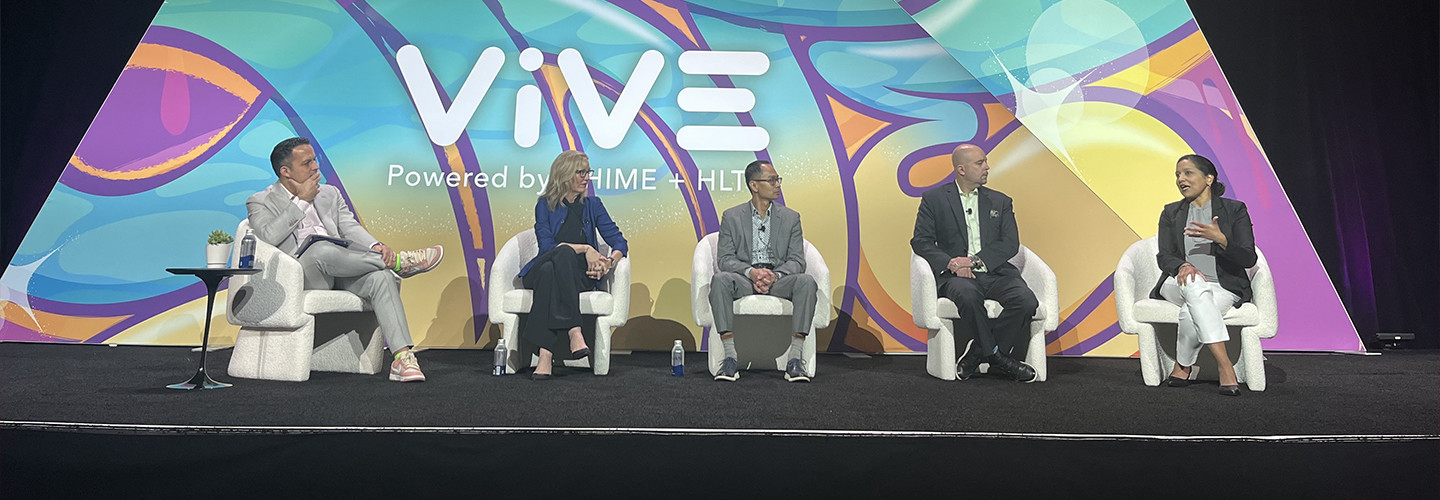
Webster said she doesn’t believe healthcare is doing a good job of putting patients or parents at the center of managing and owning their own data, or saying who can use it and how it can be used. Providers enter data into the data warehouse. They own it, know what’s in it and are responsible for its accuracy — the patient does not. Different hospitals or insurers may have different sets of data for that patient, meaning they won’t have a consistent care experience across organizations.
“We treat the data as a commodity, whether it’s the hospital, insurer or the government. We have to start thinking differently,” she said. “The data is there, but whose data is it?”
Data privacy is another issue the industry needs to tackle, especially with increasing adoption of generative AI. Chennuru reminded the audience that data security and privacy are foundational to everything healthcare does with data. Because generative AI uses both structured and unstructured data as its sources, he said, Elevance Health has expanded its governance around how its managing data from a privacy standpoint. In its patient-matching initiatives, the payer has focused on ensuring good identity management, going beyond traditional matching algorithms to probabilistic and deterministic matching.
To secure protected health information, Snowflake is tokenizing data natively, Crosslin said, creating a de-identified version of data that’s been tokenized and made shareable, rather than copying the original data source.
“It is our sacred calling to hold this data as precious assets and to be stewards of this data. I speak for children specifically; they are extremely vulnerable from a data stealing perspective because they might have 18 years before they know their identity has been stolen,” said Webster, adding that genomic data in the wrong hands can lead to care being withheld or premiums going up.
Chennuru highlighted the importance of payers being completely transparent with patients about how their data is used and secured, and limiting their sharing and use of it based on health plan member preferences.
While healthcare still has more work to do to successfully navigate the sharing and protection of patient data, panelists agreed that collecting data is key to whole-person health.
Crosslin hopes that healthcare providers will soon be empowered to generate their own data and have access to that data to better help patients and prevent poor outcomes with earlier actions.
“I’m hopeful that we figure this out and become healthier communities and citizens, and that healthcare can leverage the data to support them,” said Webster.
“I’m hopeful about achieving whole-person health and having that be the foundation of everything we do,” added Chennuru.
Keep this page bookmarked for our ongoing coverage of ViVE 2024. Follow us on X at @HealthTechMag and join the conversation at #ViVE2024.


